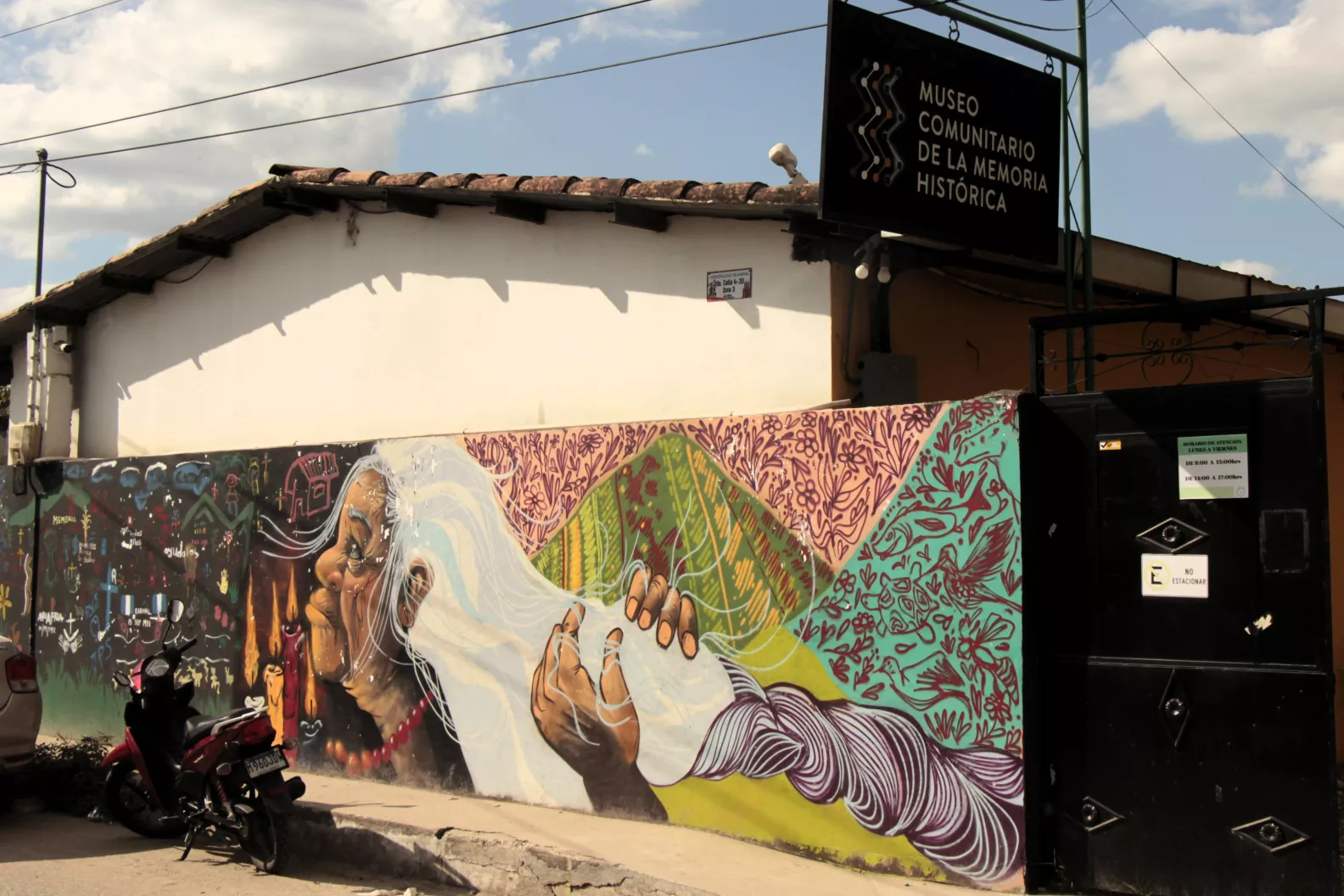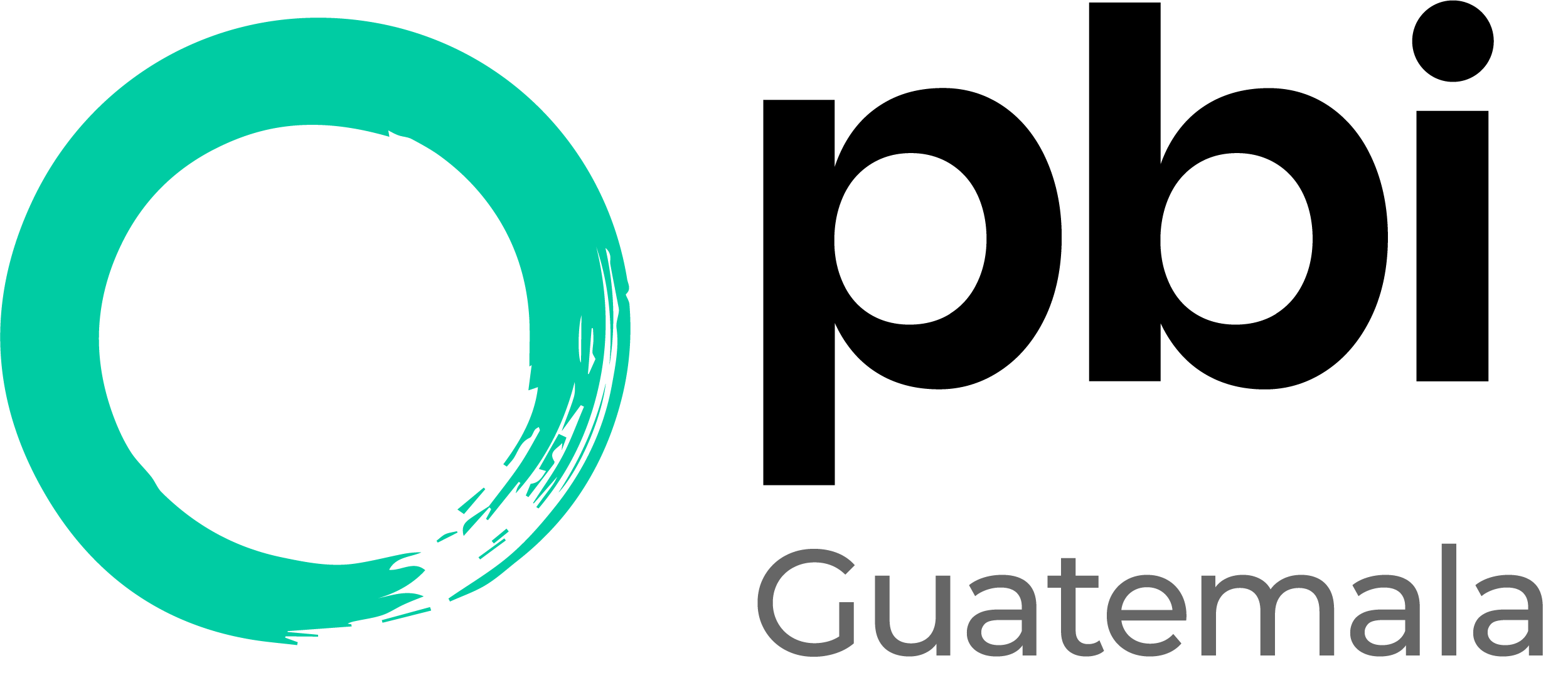
The Rabinal Community Museum of Historical Memory was founded in 2000 by a group of men and women who had survived the IAC, with the goal of preserving the historical memory of the more than 5,000 victims from the municipality of Rabinal, Baja Verapaz. The victims belonged to the Achí people and were mostly massacred and disappeared between 1980 and 1984. The search process undertaken by the families was very difficult. They went through the municipal records with photos of identity cards and found 324 cases of adult victims. However, there were no photos of the children, so they could only recover some 260 names, which can be read on the walls of the museum.
This museum offers a space that “reflects on the memory of our ancestors who were victims” and allows people to “reunite with their murdered and disappeared relatives.” The goal is to make younger generations aware of these events so that they never happen again.
One of the rooms is dedicated to the dignification of the victims. Photomurals depict the search process, which begins with the legal complaint and continues with the identification of possible clandestine graveyards and the legal procedures and authorizations needed to carry out excavations and exhumations of human remains. These exhumations are processes supported by the families and communities. Once the exhumation has been carried out, the skeletal remains are identified using DNA tests taken from family members. And finally, a ceremony is held to reunite the families, in which the remains are returned to the families, there is a vigil for the deceased, and they are given a dignified burial to honor their memory. This creates a place where the family can visit them.
The museum also shows other ways of preserving and dignifying the memory of loved ones, such as establishing dates for commemorations.
In another room, the cultural and spiritual expressions of the Achí culture are on display: clothing, musical instruments, dances, crafts, textiles, sacred places, ceremonial elements, etc. It also highlights the important community roles of traditional midwives, healers and ajq’ij (spiritual guides), who are essential for community life and the Achí worldview, which have been strongly affected by the violence. The damage caused has been so great that some of the elders are reluctant to pass on their knowledge due to the fear instilled in them by the violence they experienced during the IAC.
The museum is run by the Association for the Integral Development of the Victims of the Violence of the Verapaces, Maya Achí (ADIVIMA) and has a library, documentaries and interactive research and investigation tools. There are also activities and methodologies to encourage visitors to engage in reflection and the museum organizes intergenerational dialogues.
Location: 2ª. Calle, 4a. Avenida, Zone 3, Rabinal, Baja Verapaz.
Contact Information: 7938 8721 / subdireccion@adivima.org.gt
Facebook Page: Museo Comunitario de la Memoria Histórica, Rabinal
Hours: Monday to Friday, 8 to 17h. (closed for lunch from 13 to 14h)
